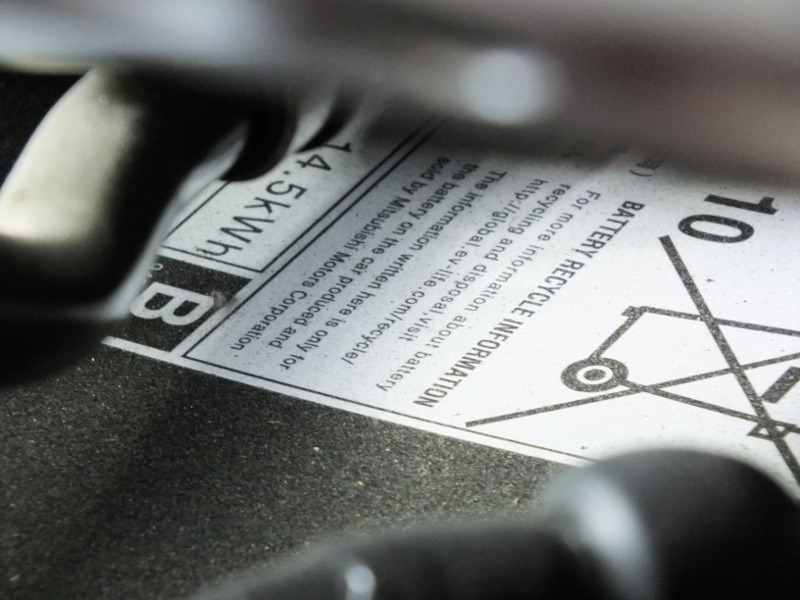Hi all
Looking at getting an EV. For what we plan to do with it (and given the good network of free CYC Chademo chargers here in Scotland) considering the (much!) cheaper Miev/Ion/Czero instead of Zoe/LEAF.
Been spending days reading forums (instead of working :-( ) and trying to figure out the differences between these supposedly identical cars.
A very specific question: exactly when did the downgrade of 16 kWh to 14.5 kWh pack happen in the C-Zero and did this ONLY happen in the C-Zero or also the IOn/Miev
thanks for your help
D
Looking at getting an EV. For what we plan to do with it (and given the good network of free CYC Chademo chargers here in Scotland) considering the (much!) cheaper Miev/Ion/Czero instead of Zoe/LEAF.
Been spending days reading forums (instead of working :-( ) and trying to figure out the differences between these supposedly identical cars.
A very specific question: exactly when did the downgrade of 16 kWh to 14.5 kWh pack happen in the C-Zero and did this ONLY happen in the C-Zero or also the IOn/Miev
thanks for your help
D



